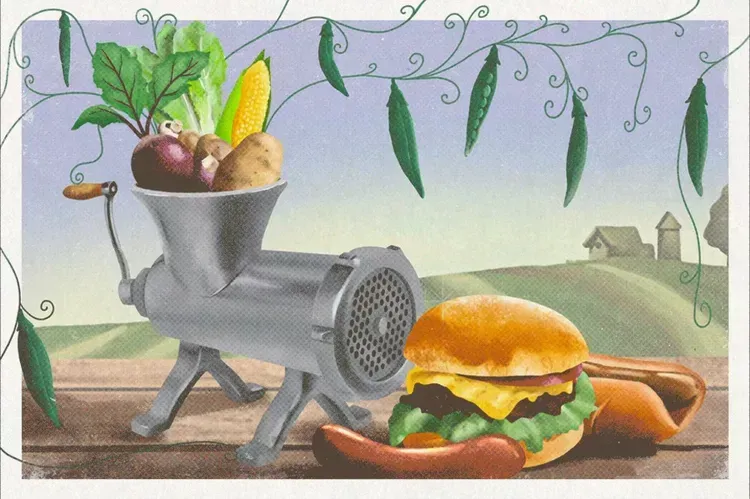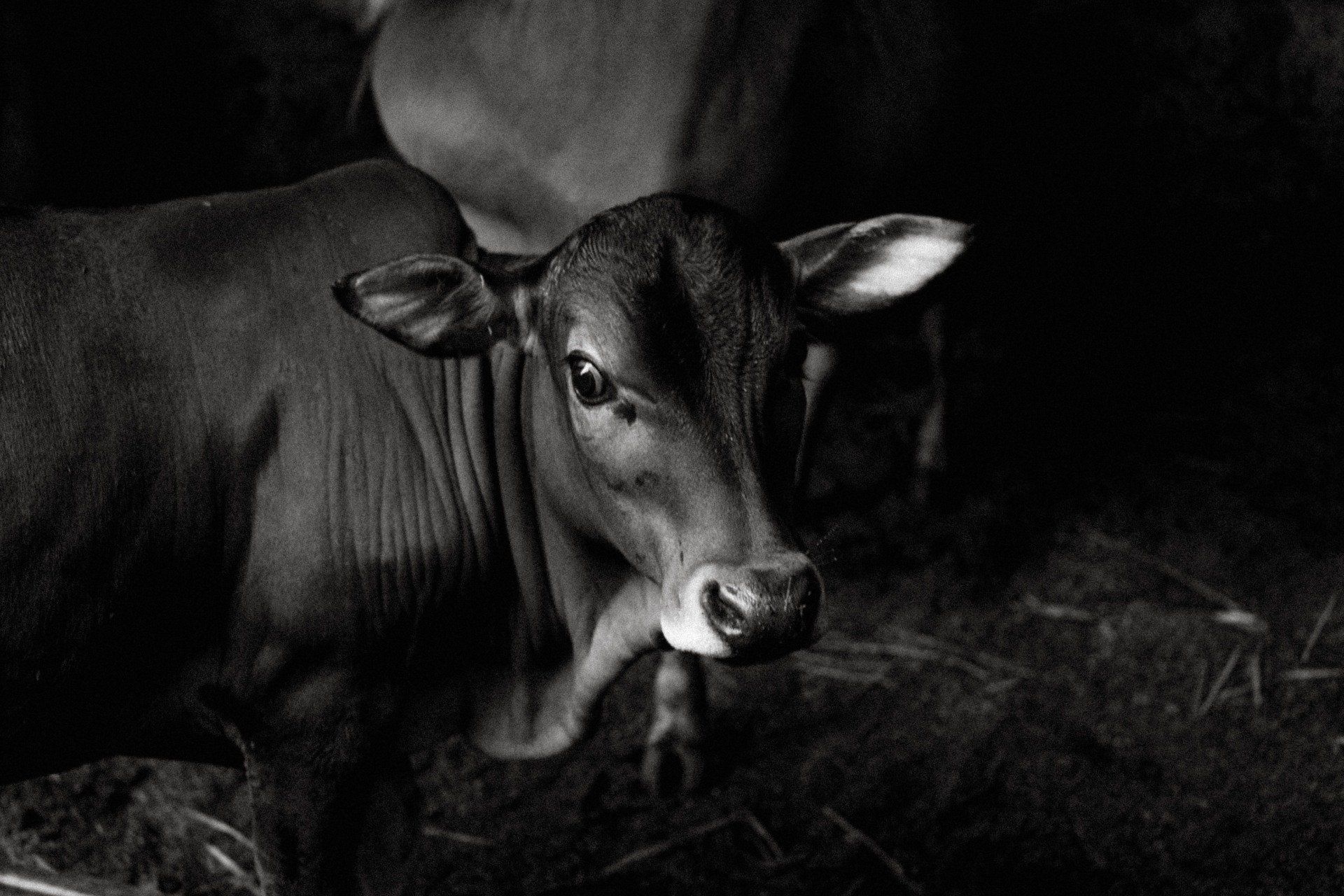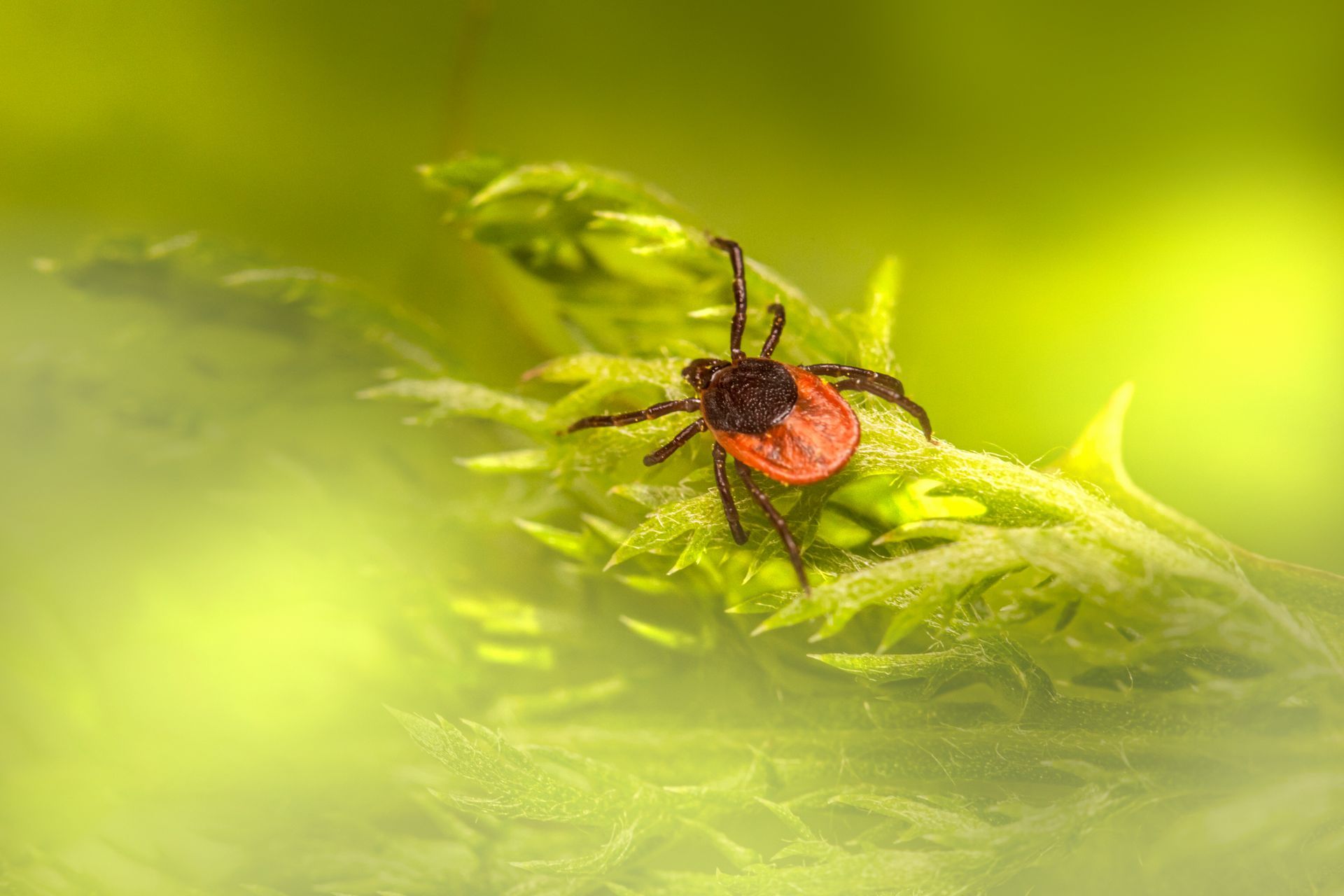Weed Management in Soybean Following Winter Wheat
Clint Black, Agronomist www.hubnerseed.com
Where geography permits, planting a soybean crop after wheat harvest can provide another revenue source for farming operations
Several agronomic factors and Mother Nature play important roles in the potential yield success of double-crop soybean (DCS). To help achieve maximum yield potential, the DCS crop should be planted as soon as possible after wheat harvest.
Weed control is an important agronomic factor that must be addressed to help produce a successful double crop (DC). Other agronomic factors include but are not limited to soybean seed selection, seeding rates, planting method (drill, row crop planter, aerial seeding), amount of residue to plant (cut) through, and seeding depth. Mother Nature plays an important role for DCS success because planting-time soil conditions may be too wet or too dry, temperatures are usually hotter, rainfall may be reduced, and a killing frost can occur before the soybean crop is mature.
After wheat is harvested, existing weeds can grow rapidly because of increased light penetration and the removal of the competitive crop. Prior to planting the DC, the existing weeds must be controlled by tillage, herbicides, or fire.
Tillage can be an effective weed control method; however, weeds may not be completely killed as deep-rooted perennials may grow back, other weeds may re-root, and tilled-in weed seeds can germinate. Burndown and residual herbicides can provide current and long-term weed control. A less recommended option to manage existing weeds is to use fire to burn them off prior to planting. However, this option may impact soil nutrients, reduce organic matter, destroy beneficial insects and wildlife, add pollutants to the atmosphere, increase soil erosion, reduce roadway visibility (smoke), and may become an unmanageable fire that can spread to buildings, timber, and other crops.
Prior to planting the DC, consideration should be given to the planting method. Narrow rows can help produce a quicker crop canopy to help suppress weed emergence and growth. Pennsylvania smartweed (Persicaria pensylvanica laevigata), horseweed or marestail (Conyza canadensis), johnsongrass (Sorghum halepense), pigweeds (Amaranthus species), ragweeds (Ambrosia species), foxtails (Setaria species), and volunteer wheat are typical weeds that may present a challenge during wheat harvest and into the DCS crop when not properly controlled.
Herbicide Weed Management
Pre-Wheat Harvest Herbicide Applications: Prior to wheat harvest, herbicide weed control options may be available. Roundup PowerMAX® herbicide, Roundup WeatherMAX® herbicide, and certain 2,4-D formulations are labeled for preharvest applications to wheat. Respective herbicide labels must be read and followed regarding applications to an existing crop and plant-back intervals. Herbicide treatments applied preharvest can injure wheat or reduce seed germination/vigor and are not recommended for wheat raised for seed production.
Post-Wheat Harvest Herbicide Applications: Burndown strategies after wheat harvest depend on the weed populations identified during harvest and the herbicide tolerance (if any) of the soybean product to be planted. XtendiMax® herbicide with VaporGrip® Technology, a Restricted Use Pesticide (RUP), may be a burndown option in some geographical areas providing state cut-off dates to spray/apply XtendiMax® herbicide with VaporGrip® Technology have not been met. If a non-dicamba tolerant soybean product is to be planted, prior to planting, 1-inch of rain or overhead irrigation is required and a minimum of 14 days or 28 days must pass if applications of 11 fl oz or 28 fl oz of XtendiMax® herbicide with VaporGrip® Technology were applied, respectively. The herbicide label and individual state notifications MUST be read and followed.(http://roundupreadyxtend.com/stewardship/education/Pages/default.aspx).
Roundup PowerMAX® or Roundup WeatherMAX® herbicides can be used as a burndown on most small weeds and may be the best herbicide option on non-glyphosate-resistant or perennial weeds because of systemic activity.2 Paraquat, another burndown option, is a contact, non-selective, photosynthesis disrupting herbicide that can be applied to small annual weeds. To adequately control annual weeds, complete plant coverage is required. Perennial weeds can regrow because paraquat is not translocated throughout the plant. Spray coverage for post-harvest applications can be difficult in no-till systems; therefore, it may be useful to mount a spray bar under the combine to spray small vegetation before the straw exits the combine.2
For control of horseweed and giant ragweed, an option is Liberty® (glufosinate) herbicide tank-mixed with metribuzin.2 For control of Palmer amaranth, an option is Gramoxone® brand herbicides tank-mixed with metribuzin. Metribuzin can provide residual control of Palmer amaranth.
Weed Management in the Double Crop:
Prior to applying any herbicide to the DC, it is extremely important to know the herbicide resistance, if any, that the planted soybean products may possess. Applying the wrong non-selective herbicide can result in crop injury or death.
Postemergence herbicide applications should be applied as needed to the soybean crop. Many postemergence herbicide options are available; however, waiting until the soybean crop has emerged to control weeds is not the best option because germinating weed seeds and seedlings compete with germinating soybean seeds and seedlings for moisture, nutrients, and sunlight. Delayed weed control can allow weeds to grow too large for effective control.
If the DCS product(s) planted are Roundup Ready 2 Xtend® Soybeans, the use of XtendiMax® herbicide with VaporGrip® Technology may be an in-crop option in some geographical areas providing state-imposed cut-off dates for spraying XtendiMax® herbicide with VaporGrip® Technology have not been met. The herbicide label and individual state notifications MUST be read and followed (http://roundupreadyxtend.com/stewardship/education/Pages/default.aspx). XtendiMax® with VaporGrip® Technology applications may only be made by dicamba-trained certified applicators.
If the DCS product(s) planted are Roundup Ready 2 Yield® Soybeans or Roundup Ready 2 Xtend® Soybeans, Roundup PowerMAX® or Roundup WeatherMAX® herbicides are recommended burndown products. For other approved tank-mix products with XtendiMax® herbicide with VaporGrip® Technology, please visit XtendiMaxapplicaitonrequirments.com (http://www.xtendimaxapplicationrequirements.com/Pages/default.aspx).
Residual herbicides should be included as part of a pre-and postemergence herbicide program because they can aid in weed resistance management by incorporating different sites of action. When selecting residual herbicides, it is important to be familiar with the field and know weed pressures. Some residual herbicides that can be tank-mixed with Roundup PowerMAX® or Roundup WeatherMAX® herbicides include Warrant®, Valor®, Valor® XLT, Authority® Assist, Authority®, Authority® First, and Authority® XL herbicides. If the primary target weed is glyphosate-resistant marestail, FirstRate®, or Authority First, are key residual herbicides to consider.
Another option is to split spring residual herbicide applications. One recommendation is to apply Roundup PowerMAX® or Roundup WeatherMAX® plus Sharpen® herbicide, followed by an application of Warrant® herbicide plus Roundup PowerMAX® or Roundup WeatherMAX® applied at the V2 to V3 growth stage.
Summary
Any weeds in a harvested wheat field should be controlled prior to planting DCS. Special consideration must be made when selecting herbicides due to the later planting date of the DC and cropping plans for the following year. Carefully refer to product labels for all plant-back restrictions prior to applying herbicides to DCS.
Related Articles
Planting Soybean as a Double-Crop After Wheat
You might also like
Jaynie Norman


